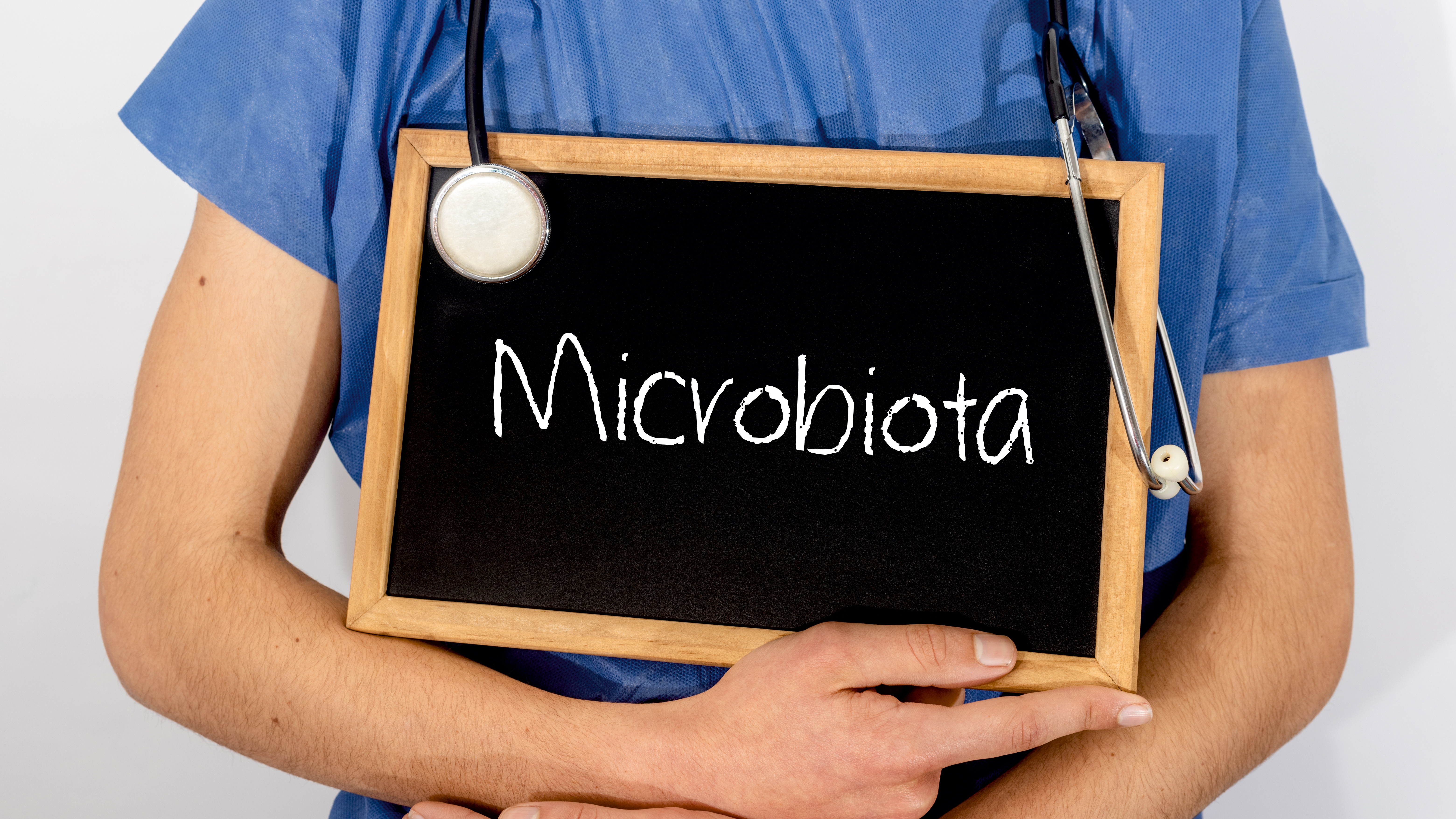Historically, the majority of research on the low FODMAP diet in IBS has been on the elimination phase, the first phase of the three-phased diet. Data on the prevalence of specific FODMAP intolerances and their amounts has been limited, though new research on which FODMAP are most commonly triggering is emerging.
The LFD is a three-phase approach starting with a 2 to 6-week restriction of high FODMAP foods, like wheat, onions, and legumes, followed by a rechallenge phase to identify FODMAP triggers and determine tolerated amounts. The third and final phase helps patients achieve a personalized long-term maintenance diet that restricts foods based on learnings from phase one and two. Due to its complexity, the LFD should always be implemented with the help of a registered dietitian.
When followed properly, the LFD results in restriction of food only to the extent necessary to control IBS symptoms. However, FODMAPs are found in many common and nutritious foods, particularly fruits, vegetables, whole grains, legumes and dairy, which makes adherence to the LFD notoriously hard and many patients remain in phase one (restriction) longer than recommended.
Which FODMAPs are most troublesome in IBS?
New research by Van den Houte et. al. sheds light on the prevalence of specific FODMAP triggers. In this study, participants who had previously responded to an LFD underwent a blinded reintroduction of six FODMAP types (fructans, fructose, galacto-oligosaccharides (GOS), lactose, mannitol, sorbitol) and a control (glucose) to objectively identify triggers and their effect on symptoms, quality of life (QoL), and psychosocial comorbidities [1].
FODMAP reintroduction triggered symptom recurrence in 85% of participants. On average, each patient showed intolerance to 2.5±2 FODMAPs. The most common FODMPs to trigger symptoms were fructans (56%) and mannitol (54%), followed by GOS, lactose, fructose, sorbitol, and glucose (respectively 35%, 28%, 27%, 23%, and 26%). Timing of symptom onset also varied by FODMAP, with a significant increase in abdominal pain at day one for sorbitol/mannitol, day two for fructans/GOS and day three for lactose [1].
These new findings are in line with other data that had identified fructans, mannitol, and GOS as the most consistent FODMAPs to trigger symptoms [2]. In one study, US patients with IBS who responded well to an LFD underwent a blinded, cross-over reintroduction trial of all 5 FODMAPs. Fructans and GOS were identified as the most common FODMAPs associated with worsening abdominal pain and/or bloating [3]. Similar research in Belgium identified fructans and mannitol as the most common FODMAP triggers during reintroduction [4].
FODMAPs vs. Gluten as Triggers
Research on the gluten-free diet (GFD) suggests that it may reduce diarrhea, abdominal pain, and bloating in patients with IBS. Since gluten-containing grains such as wheat, barley, and rye also contain fructans, transition to a GFD often simultaneously leads to a reduction in fructan intake. This reduction in dietary fructan when following a GFD may therefore be responsible for the improvement in gastrointestinal (GI) symptoms and suggests that fructan, rather gluten, might be responsible for some symptoms in those with IBS. Other research comparing the effect of FODMAPs, gluten, or placebo on IBS symptoms has shown gluten in the absence of wheat or other fructan-containing grains like barley is not associated with symptoms [5, 6].
Still, while general awareness of fructan-content in foods remains low among the overall population, a GFD can provide a practical way to reduce dietary fructan to control GI symptoms [7]. Note, however, that gluten-free foods are not always low in fructans or FODMAPs overall. High FODMAP gluten-free ingredients may be added to increase fiber content of foods, such as with inulin, or to sweeten products, such as with honey.
Though the body of research is also small, the benefits of other diets in IBS may also be related to their inherent lower-FODMAP content than a typical western diet. For example, the clinical benefit of a Mediterranean diet, rich in plant-based foods and limited in processed, refined wheat products, may also provide relief in IBS due to this reduction in fructans [7].
Practical Implications: FODMAPs in the Diet
Another factor of clinical relevance is that the amount of FODMAPs needed to trigger symptoms varies by patient and by FODMAP type.
Low FODMAP cutoff values are based on FODMAP content, typical serving sizes consumed in a single sitting or meal and the amount observed to be generally tolerated in clinical practice. Per serving, these FODMAP cutoff values are <0.3 g for the oligosaccharides (fructans, GOS) found in grains, legumes, nuts, seeds, <0.2 g for oligosaccharides found in vegetables, fruits, and all other products, <0.4 g for polyols, <0.4 g for fructose in excess of glucose and <1.0 g for lactose. A low FODMAP meal is defined as <0.5 g of total FODMAPs [8]. In practice, tolerance levels and typical FODMAP intake vary by patient, making a personalized long-term FODMAP-restricted plan highly important.
The variation in tolerance thresholds by FODMAP type is also significant. For example, fructan tolerance levels tend to be very low, while fructose tolerance thresholds are quite high. [9]. The average fructan intake has been estimated at 3.91 g/day, with roughly 70% coming from intake of wheat products and 25% from onions [10]. This means changes in wheat intake can have a profound impact on fructan intake and therefore symptoms in IBS. It also provides additional context as to why reduced wheat intake with a GFD often provides relief for IBS.
Conclusion
Research on the prevalence of specific FODMAP intolerances in IBS provides important context to guide patients as they identify their personal triggers.
Understanding common FODMAP triggers can also help guide recommendations when using a tailored FODMAP gentle approach, which involves limiting the most common high FODMAP foods based on a patient’s dietary history and risk profile. Although data on the FODMAP gentle approach is still limited, preliminary literature suggests it could be beneficial for those with mild IBS symptoms, pre-existing dietary restrictions, nutritional deficiencies or who are at risk of disordered eating [11].
Overall, the LFD approach helps patients establish the least restrictive diet that still controls symptoms effectively. Unnecessary dietary limitations pose risks for nutrient deficiencies, disordered eating, food-related anxiety and potential adverse effects on the gut microbiome. Clarity into the most common FODMAP triggers helps guide patients towards elimination of the FODMAPs that are most likely to trigger symptoms and reduce the risk for excessive dietary restriction.
References
- Van den Houte K, Colomier E, Routhiaux K, et al. Efficacy and findings of a blinded randomized reintroduction phase for the low FODMAP diet in Irritable Bowel Syndrome. Gastroenterology. Published online February 22, 2024. doi:10.1053/j.gastro.2024.02.008.
- Singh P, Tuck C, Gibson PR, Chey WD. The Role of Food in the Treatment of Bowel Disorders: Focus on Irritable Bowel Syndrome and Functional Constipation. Am J Gastroenterol. 2022;117(6):947-957. doi:10.14309/ajg.0000000000001767.
- Eswaran SL, Singh P, Rifkin S, et al.. Su576 are all FODMAPS created equal? A blinded, randomized reintroduction trial to determine which fodmaps drive clinical response in IBS patients. Gastroenterology 2021;160:S-745.
- Van Den Houte K, Colomier E, Mariën Z, et al. Efficacy of a new approach to the reintroduction phase of the low-FODMAP diet in IBS. Gastroenterology 2021;160:S76–S77.
- Nordin E., Brunius C., Landberg R., Hellström P.M. Fermentable Oligo-, Di-, Monosaccharides, and Polyols (FODMAPs), but Not Gluten, Elicit Modest Symptoms of Irritable Bowel Syndrome: A Double-Blind, Placebo-Controlled, Randomized Three-Way Crossover Trial. Am. J. Clin. Nutr. 2022;115:344–352. doi: 10.1093/ajcn/nqab337.
- Skodje G.I., Sarna V.K., Minelle I.H., Rolfsen K.L., Muir J.G., Gibson P.R., Veierød M.B., Henriksen C., Lundin K.E.A. Fructan, Rather Than Gluten, Induces Symptoms in Patients With Self-Reported Non-Celiac Gluten Sensitivity. Gastroenterology. 2018;154:529–539.e2. doi: 10.1053/j.gastro.2017.10.040.
- Paduano D, Cingolani A, Tanda E, Usai P. Effect of Three Diets (Low-FODMAP, Gluten-free and Balanced) on Irritable Bowel Syndrome Symptoms and Health-Related Quality of Life. Nutrients. 2019;11(7):1566. Published 2019 Jul 11. doi:10.3390/nu11071566
- Varney J, Barrett J, Scarlata K, Catsos P, Gibson PR, Muir JG. FODMAPs: food composition, defining cutoff values and international application. J Gastroenterol Hepatol. 2017;32 Suppl 1:53-61. doi:10.1111/jgh.13698
- Fedewa A, Rao SS. Dietary fructose intolerance, fructan intolerance and FODMAPs. Curr Gastroenterol Rep. 2014;16(1):370.
- Moshfegh AJ, Friday JE, Goldman JP, Ahuja JK. Presence of inulin and oligofructose in the diets of Americans. J Nutr 1999; 129: 1407S–11S.
- Halmos EP, Gibson PR. Controversies and reality of the FODMAP diet for patients with irritable bowel syndrome. J Gastroenterol Hepatol. 2019;34(7):1134-1142. doi:10.1111/jgh.14650



